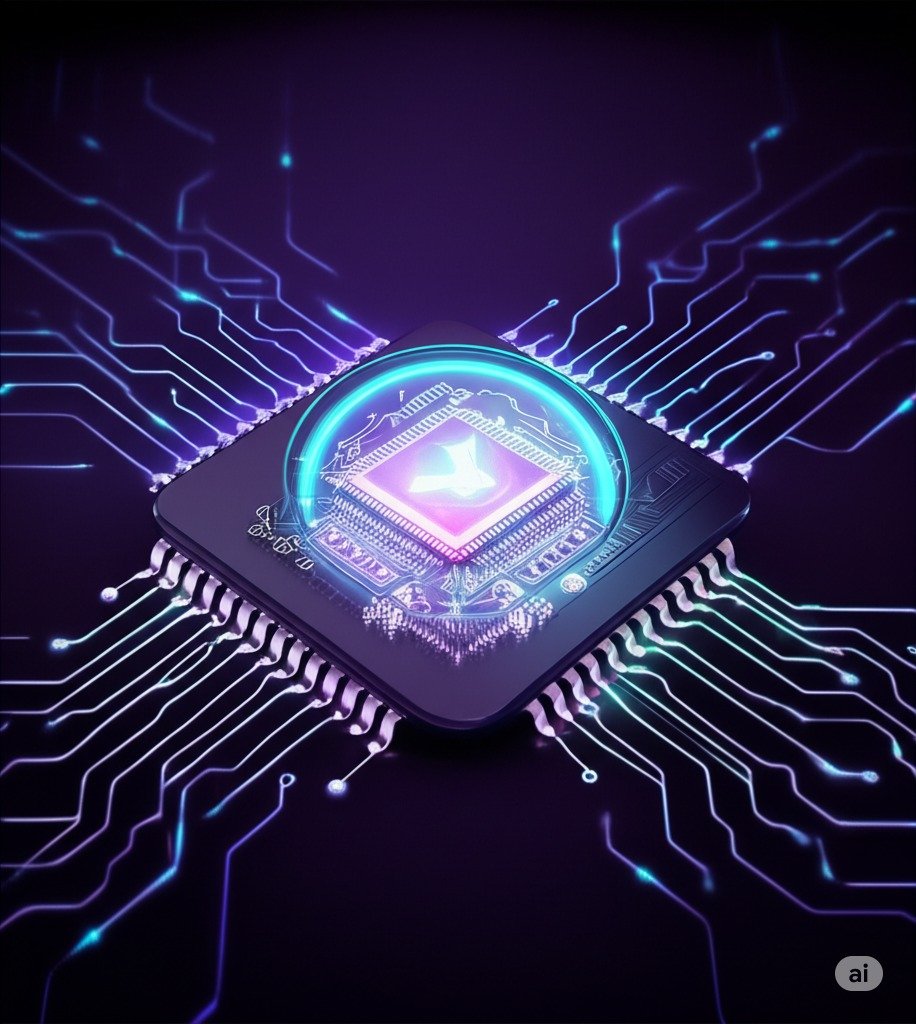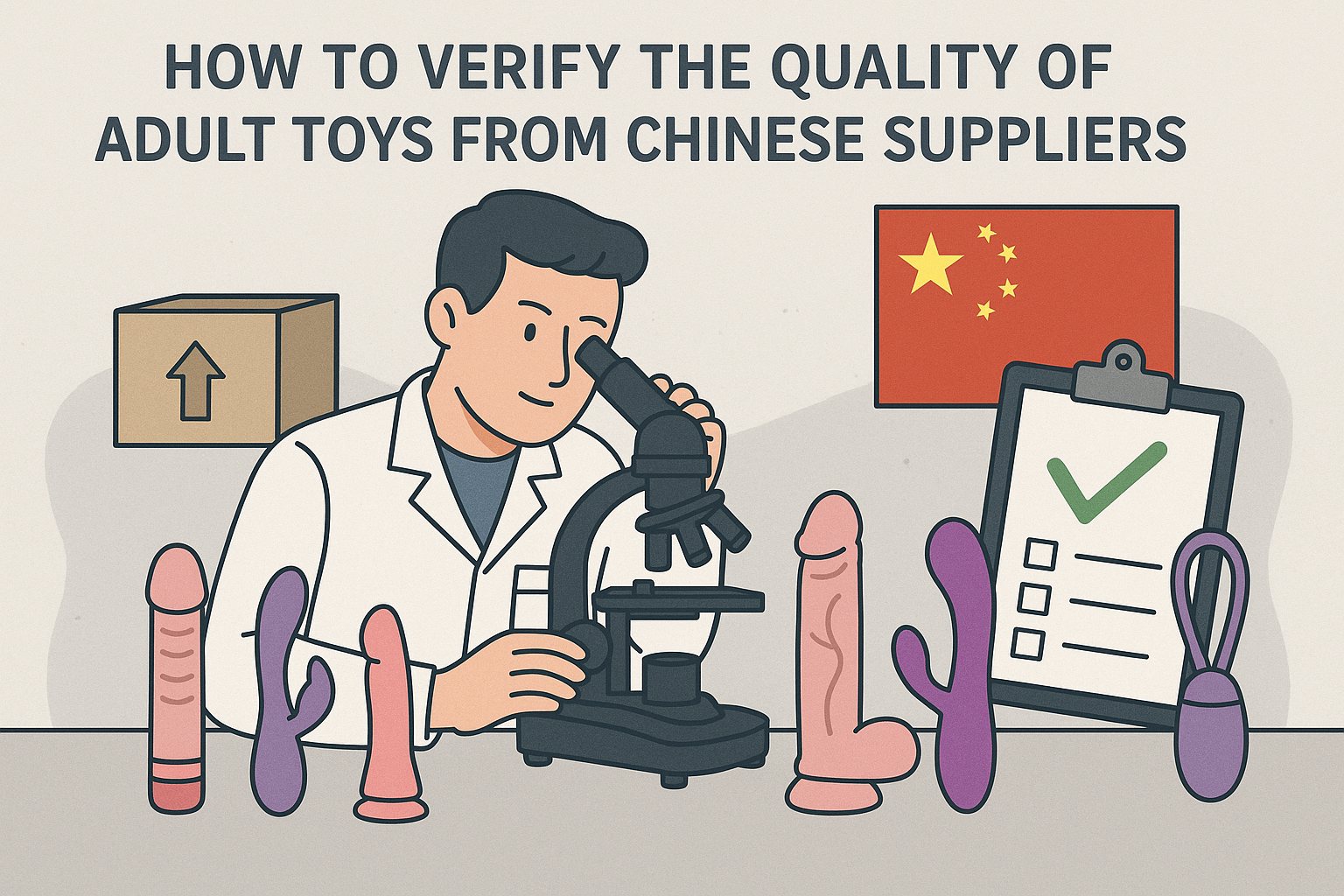The intimate products industry is experiencing a technological revolution that most consumers aren't aware of. Smart vibrators with AI capabilities are quietly transforming both bedroom experiences and manufacturing priorities.
Smart vibrators in 2025 will feature advanced AI personalization, enhanced app integration, biofeedback technology, improved sustainability, and better security measures. These innovations are reshaping the global market by creating new consumer expectations and manufacturing requirements across the industry.
As someone deeply involved in adult toy development for over a decade, I've witnessed firsthand how dramatically this market has evolved. The coming years will bring unprecedented integration of technology into intimate products, creating both opportunities and challenges for manufacturers and consumers alike.
How is AI revolutionizing the vibrator experience?
The vibrators sitting on store shelves today will seem primitive compared to what's coming. Pattern repetition and basic functionality are being replaced by intelligent systems that respond to your body's unique reactions.
AI-powered vibrators use machine learning algorithms to analyze individual responses, adapt stimulation patterns in real-time, and create personalized experiences that evolve over time. These smart devices learn user preferences and automatically adjust intensity, pattern, and duration for optimal satisfaction.
The integration of artificial intelligence into vibrators represents perhaps the most significant advancement in intimate products since the introduction of silicone materials. At VF Pleasure, we're seeing unprecedented innovation in this space, particularly in our vibrator development pipeline.
Current AI implementation in vibrators is primarily focused on pattern recognition and adaptation. The devices collect data about user preferences through sensors and app inputs, then gradually modify their behavior based on this information. However, the next generation takes this much further. Advanced pressure sensors and temperature monitors provide real-time feedback that allows the device to make immediate adjustments during use.
The most sophisticated systems we're developing for 2025 incorporate what we call "responsive learning" - the ability for the device to detect subtle body responses that indicate arousal levels and adjust accordingly within the same session. This represents a fundamental shift from pre-programmed operation to truly responsive devices.
For manufacturers, this creates significant development challenges. The AI systems require extensive training data while maintaining user privacy. We've invested heavily in creating synthetic datasets that allow for algorithm development without compromising actual user information. Additionally, these systems require more sophisticated components and quality control processes than traditional products.
What advancements are reshaping mobile app integration?
Current app interfaces feel clunky and limited in scope. Many users download them once then revert to manual controls. The 2025 apps will become essential daily wellness tools with expanded functionality.
Next-generation vibrator apps will offer comprehensive sexual wellness tracking, partner connectivity across distances, integration with broader health platforms, and intuitive interfaces utilizing haptic feedback. These advancements transform vibrators from occasional pleasure devices to integrated wellness tools.
The evolution of app interfaces for smart vibrators represents a critical development area for manufacturers like VF Pleasure. Current app interfaces often suffer from poor user experience design, limited functionality, and connectivity issues. However, the next generation of apps we're developing for 2025 and beyond addresses these limitations through several key innovations.
Partner connectivity is receiving particular attention in our development process. The limitations of current technology create frustrating experiences for couples attempting to connect over distances. Next-generation systems will incorporate lower latency connections, more reliable Bluetooth pairing, and sophisticated permission systems that respect privacy while enabling seamless connections.
Another major advancement comes in the form of wellness integration. Rather than treating vibrators as standalone pleasure devices, the new apps position them within a broader sexual wellness ecosystem. Users can track patterns, monitor progress toward personal goals, and receive educational content relevant to their specific usage patterns. This integration extends to other health platforms, allowing sexual wellness data to be considered alongside sleep, exercise, and stress metrics for a more holistic health view.
The technical challenges of developing these advanced apps are substantial. They require sophisticated encryption systems to protect sensitive user data, careful optimization for battery consumption, and extensive user testing to ensure intuitive operation. For our couples toys product line, we've doubled our app development team to meet these growing demands.
How is biofeedback technology transforming product design?
Current vibrators operate on assumptions about what feels good. Next-generation products will actually read your body's responses and adjust in real-time, creating truly personalized experiences.
Biofeedback technology in smart vibrators uses sensors to monitor physiological responses like muscle contractions, temperature changes, and moisture levels. This data enables dynamic stimulation adjustments based on actual arousal states rather than preset patterns, creating more effective and personalized experiences.
Biofeedback represents the most technically challenging frontier in vibrator development today. At VF Pleasure, our R&D team has been working extensively on integrating various sensor technologies into our female sex toys that can accurately detect physiological responses without compromising comfort or safety.
The foundation of biofeedback systems involves multiple sensor types working together:
| Sensor Type | Measurements | Application |
|---|---|---|
| Temperature | Subtle heat variations | Detecting arousal progression |
| Pressure | Muscle contractions | Timing stimulation patterns |
| Moisture | Lubrication levels | Adjusting intensity appropriately |
| Motion | Movement patterns | Adapting to position changes |
These sensors must be both sensitive enough to detect subtle changes and robust enough to function reliably in challenging environments. The materials science challenges are particularly significant, as all components must be body-safe while maintaining accurate readings.
On the software side, interpreting this biofeedback data requires sophisticated algorithms that can distinguish meaningful signals from noise. Our development team has created proprietary systems that analyze these inputs in milliseconds, allowing for truly responsive stimulation adjustment. The devices essentially create a feedback loop where stimulation produces physiological responses, which are then measured to further refine the stimulation.
For manufacturers, incorporating this technology requires entirely new production processes and quality control measures. Each sensor must be individually calibrated and tested for accuracy, dramatically increasing production complexity compared to traditional vibrators. However, the resulting products offer an experience that simply cannot be matched by conventional devices.
What sustainability innovations are emerging in smart vibrator production?
Disposable intimate products create enormous waste. A single vibrator might contain batteries, electronics, and materials that last centuries in landfills. Next-generation devices are addressing this growing environmental concern.
Sustainability innovations in smart vibrators include rechargeable batteries with triple the lifespan, biodegradable materials for non-electronic components, modular designs that allow component replacement rather than full product disposal, and energy-efficient motors that reduce power consumption.
Environmental consciousness has become increasingly important in consumer purchasing decisions, including for intimate products. At VF Pleasure, we've made significant investments in developing more sustainable manufacturing processes and product designs for our entire product line, including our popular thrusting sex toys.
The battery technology revolution represents one of the most significant sustainability improvements. Traditional rechargeable batteries in vibrators typically maintained optimal performance for 300-500 charge cycles before degradation became noticeable. The next generation of lithium-polymer batteries we're implementing offers over 1,500 cycles while maintaining 80%+ capacity, effectively tripling product lifespan for most users.
Material science advancements have also enabled more environmentally friendly products. While the primary body-contact components still require medical-grade silicone for safety, we're developing complementary components using biodegradable materials derived from plant starches. These materials provide the structural integrity needed while decomposing within 5-10 years in proper disposal conditions, compared to centuries for traditional plastics.
Perhaps the most innovative approach comes in the form of modular design. Rather than creating fully sealed units that require complete replacement when one component fails, our 2025 product roadmap includes designs where motors, battery packs, and electronic components can be individually replaced. This dramatically reduces waste while extending product lifespan.
For manufacturers, implementing these sustainability measures requires significant investment in new production techniques and supply chain relationships. However, our market research shows growing consumer willingness to pay premium prices for products with verified sustainability credentials, creating genuine business incentives beyond ethical considerations.
How are security concerns being addressed in connected intimate devices?
Current smart vibrators have raised alarming privacy issues. Some transmit personal usage data with minimal encryption, creating uncomfortable vulnerabilities. The industry is scrambling to implement stronger protections.
Smart vibrator security improvements include end-to-end encryption for all data transmission, local data processing to minimize cloud storage, detailed transparency reports about data collection, and regular security audits from third-party firms. These measures help protect deeply personal information from potential breaches.
The security of connected intimate devices has become a critical concern as several high-profile incidents have highlighted vulnerabilities in earlier generations of smart vibrators. At VF Pleasure, protecting user privacy is a fundamental priority in our development of connected products, including our private label sex toys offerings for brands.
The most significant security advancement comes through improved encryption implementation. Earlier devices often used basic encryption protocols that could be vulnerable to interception. Our next-generation products implement military-grade end-to-end encryption for all data transmission between devices and apps. Additionally, we've developed systems that minimize cloud data storage by processing information locally on the device whenever possible.
User control over data represents another crucial security improvement. The 2025 generation of products we're developing provides granular permission settings that allow users to specifically authorize what information is collected and how it can be used. This includes options to use the devices in "offline mode" where no data leaves the device at all, even to the companion app.
We've also established partnerships with independent security auditing firms that regularly attempt to penetrate our systems to identify vulnerabilities before they can be exploited. This ongoing testing process ensures that security measures evolve alongside potential threats.
For manufacturers, implementing these security measures requires substantial investment in specialized expertise that was previously unnecessary in this product category. However, as consumers become increasingly privacy-conscious, robust security features are becoming essential differentiators in the marketplace rather than optional extras.
Conclusion
The smart vibrator market of 2025 will feature AI personalization, advanced app integration, biofeedback technology, sustainability improvements, and enhanced security. These innovations are transforming intimate products from simple devices to sophisticated wellness tools with global market impact.













